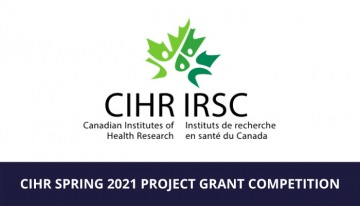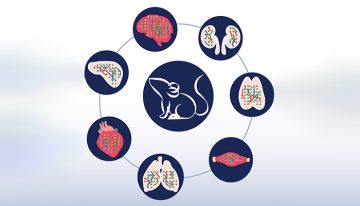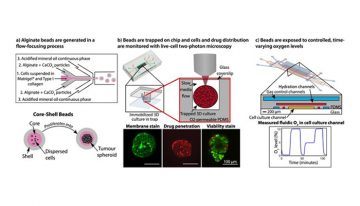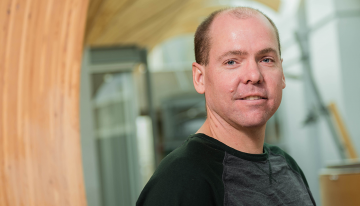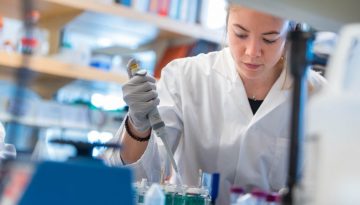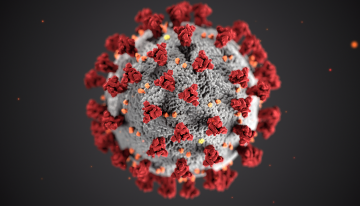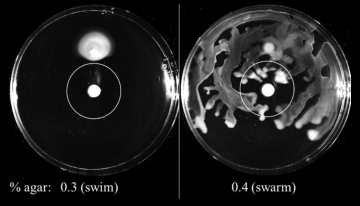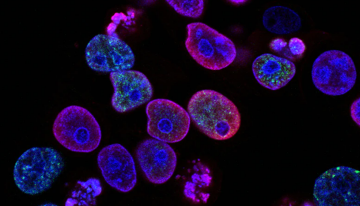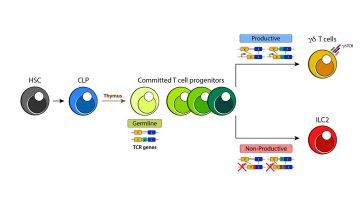Research
CBR researchers to investigate type 2 diabetes with CIHR Spring 2021 Project Grant
July 29, 2021
With this funding, project principal investigator Dr. Edward Conway, co-investigator Dr. Leonard Foster and their teams will study the role of protein CD248 in diabetes and adipose tissue health, an area of research that could aid the development of new therapies.
Dr. Andrew Shih pursues an innovative project for convalescent plasma process mapping and distribution with Canadian Blood Services funding
July 15, 2021
Dr. Andrew Shih and his team were recently awarded funding to study both the rollout of CONCOR-1 and distribution strategies for convalescent plasma throughout BC, with the aim of using this unique circumstance to apply learning to future pandemics and experimental trials.
Enhancing the Understanding of How Diseases Occur in One Organ But Not Another
July 2, 2021
An international team led by UBC researchers — including Dr. Leonard Foster and Michael Skinnider of the CBR — used proteomics to map how proteins interact, revealing how the same protein, expressed in two different tissues, can have dramatically different impacts.
Tiny Tumours and Oscillating Oxygen
June 10, 2021
Using 3D tumour spheroids, Dr. Karen Cheung and other UBC researchers sought to better understand how tumours behave within the framework of hypoxia and how they react to treatment – which is especially important, because hypoxia seems to hamper various kinds of therapy.
Cloud computing support accelerates COVID-19 vaccine improvements
April 14, 2021
For the last 11 months, UBC biochemistry and molecular biology professor Prof. Leonard Foster and his team have been studying how SARS-CoV-2 – the virus responsible for COVID-19 – attacks the human body, in hopes of developing a more targeted vaccine with fewer side effects.
Busting Deadly Blood Clots: Using siRNA Gene Therapy as a New Approach
February 25, 2021
Blood clots play a part in many severe health issues, from causing strokes and heart attacks to influencing neurodegenerative diseases like Alzheimer’s. We chatted with lead authors Dr. Christian Kastrup and PhD Candidate Amy Wong Strilchuk about their research, and how their findings might help dissolve clots safely.
Predicting the Evolution of SARS-CoV-2 Proteins: Insights into Ongoing COVID-19 Research at the CBR
February 18, 2021
The overarching goal of this work is to the predict and identify potentially detrimental mutations in SARS-CoV-2 using a combination of artificial intelligence, sequence-based prediction algorithms, and atomic resolution structural biology.
Just Keep Swarming
January 21, 2021
Members of the Hancock lab recently published a study detailing the multidrug adaptative antibiotic resistance of P. aeruginosa swarming cells. They explored the role of swarming in the development of resistance to a variety of antibiotics, and the genetic mechanisms behind this adaptive resistance.
New algorithm can identify cells that humans can’t
January 11, 2021
Researchers at the University of British Columbia have developed an algorithm that can accurately identify different types of cells pictured in microscope photos, even when those cells are indistinguishable to the human eye.
Challenging the dogma of innate lymphoid cell (ILC) development
January 7, 2021
New research from the McNagny Lab finds that type-2 innate lymphoid cells (ILC2s), which play a key role in mucosal immunology and allergic lung disease, may develop in the thymus rather than the bone marrow, thus rewriting the “life-story” of ILC2 development.



